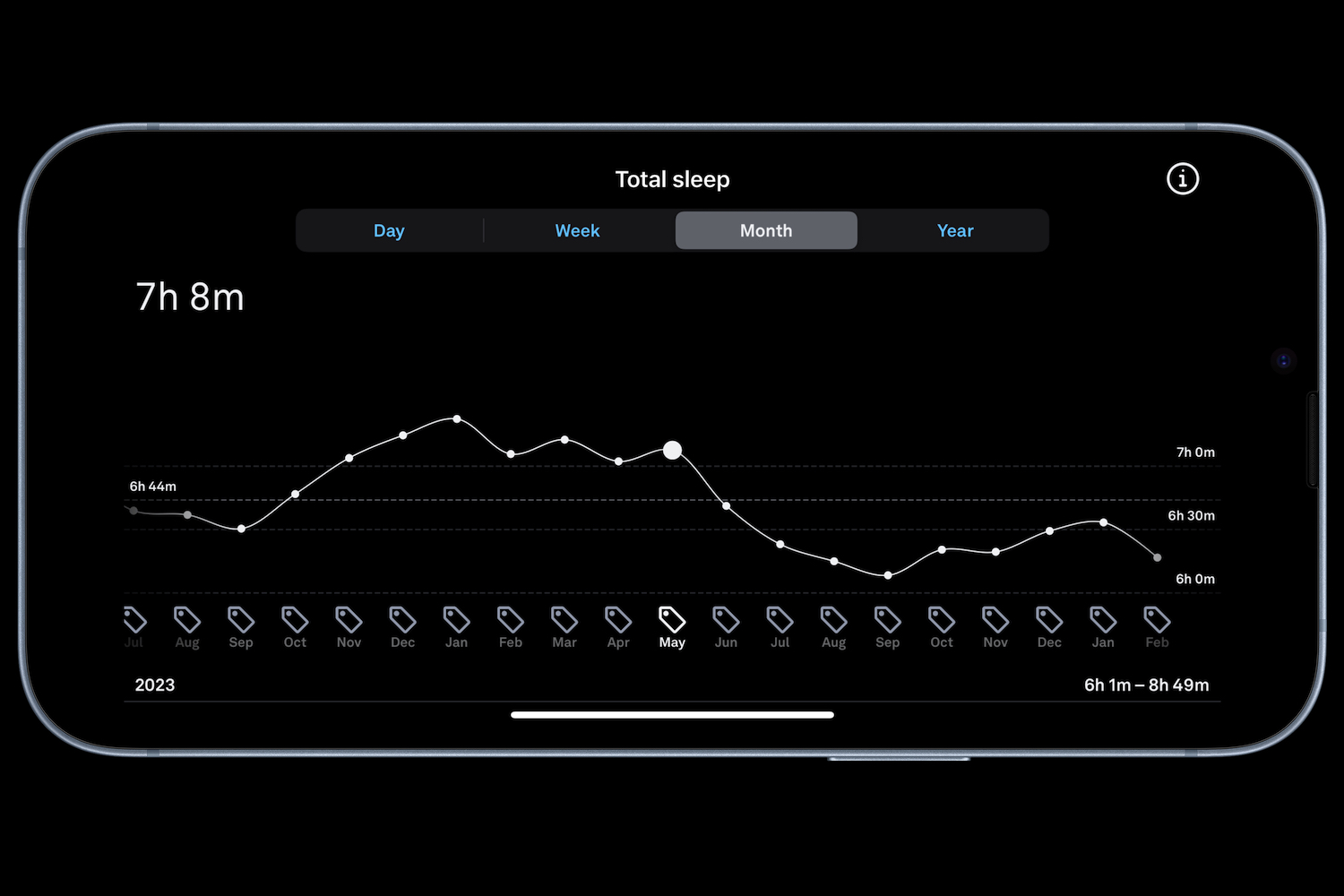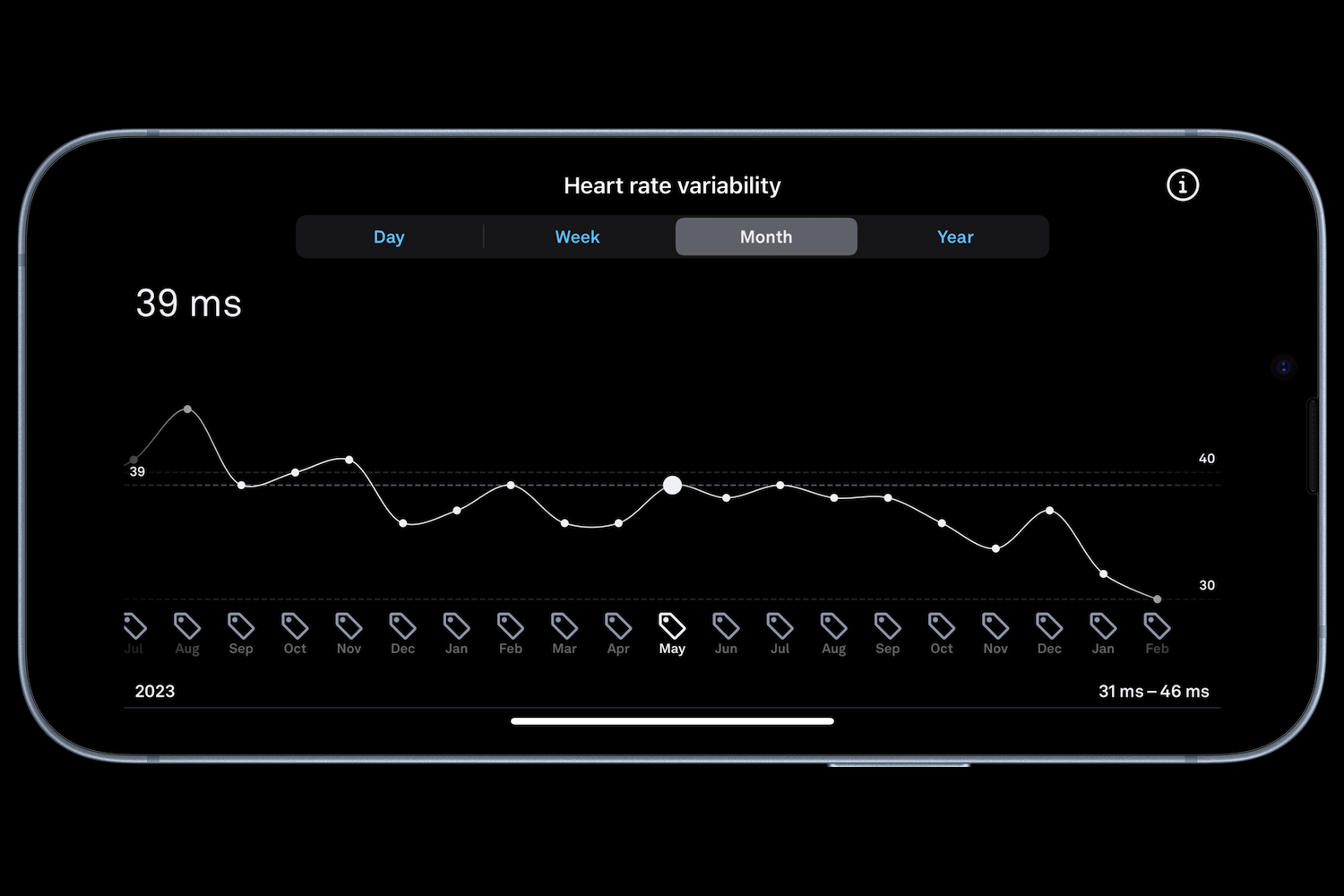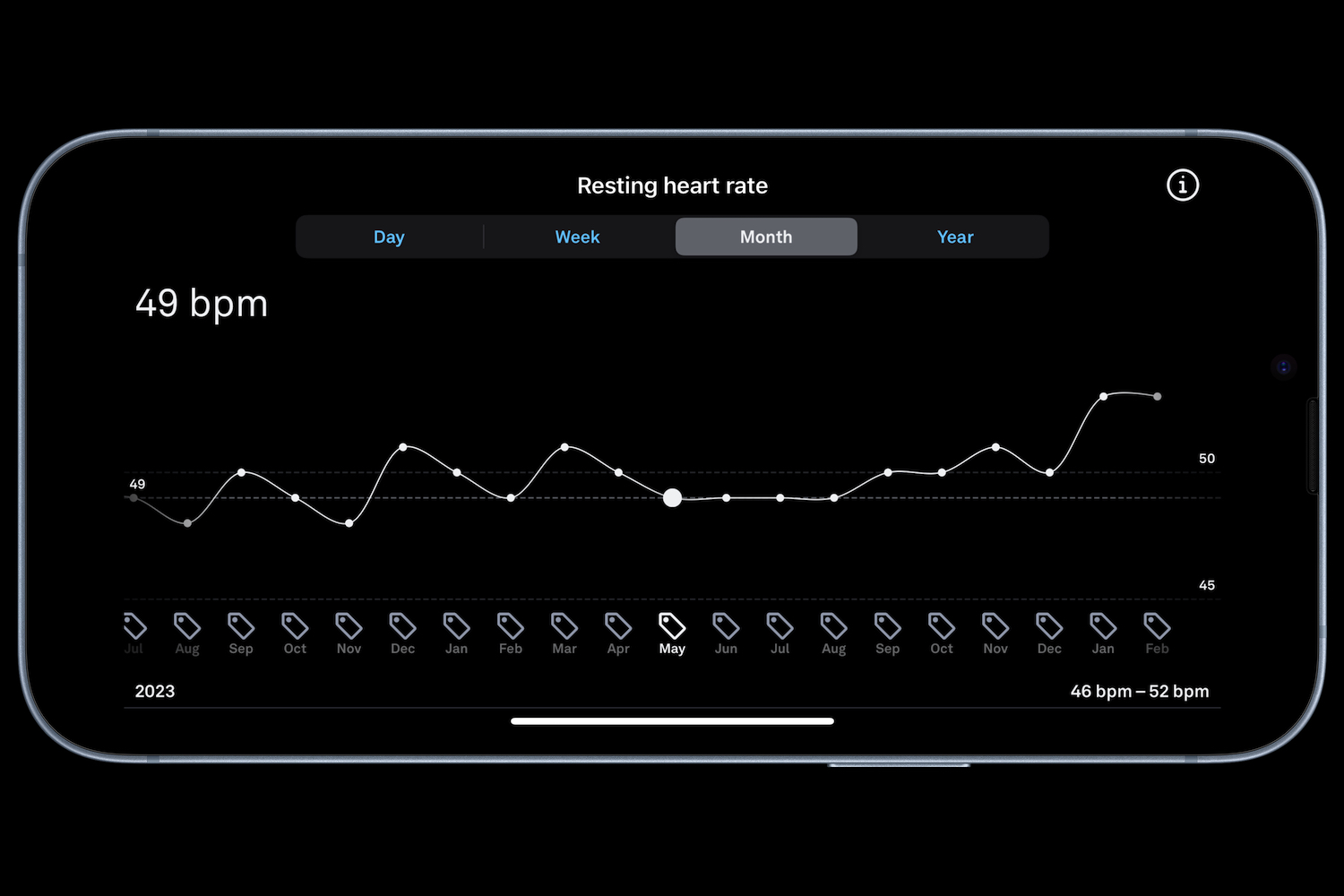The second half of my 2023 was genuinely awful, and my Oura Ring showed exactly the impact it had on my sleep and body. While the smart ring could never do anything about it, understanding how what I was experiencing was affecting me was fascinating, terrifying, and oddly reassuring.
It hammered home the point that wearing a health tracking device isn’t only about counting steps; it’s about recognizing when somewhat silent alterations in your physical health occur over time so you can do something about them. But it also reminded me that paying too much attention to health data isn’t always a good thing.
Not the best 2023
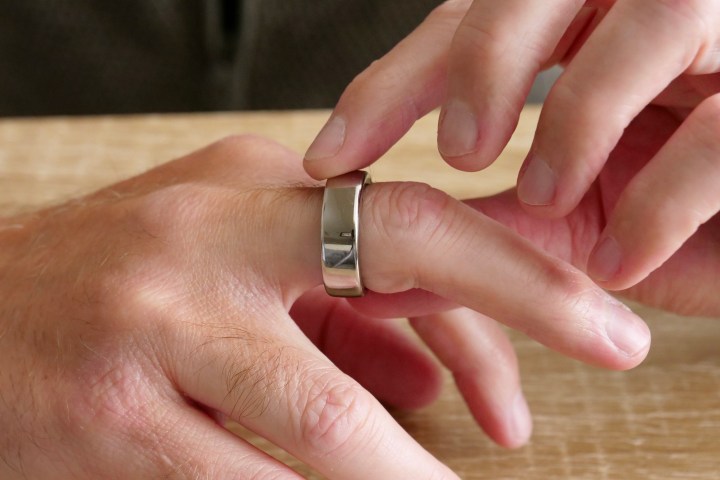
It all began in May 2023 when I decided to sell my house and move somewhere new. While I knew moving houses was stressful, I wasn’t prepared for how difficult it and various other things would make the remainder of the year. The sale and move were complex and expensive, and it took until the very last week of December to complete, at which time I had been dealing with a serious family health situation — along with all the usual aspects of life, including work.
Everyone deals with stress, and over the past few years, its negative impact on your mind and body has become more widely understood. However, I wasn’t prepared to see it so starkly presented in the Oura Ring’s app. I’ve worn an Oura Ring for several years, and it has become very accustomed to my body, activity, and daily performance, meaning it’s well aware of my personal baseline. For the most part, the data it presented usually showed I maintained a relatively constant, stable level, with only the odd blip every now and then.
Because I wear the Oura Ring 24 hours a day and haven’t stopped wearing it since 2021, it has considerable historical data already stored, allowing me to watch in almost real-time how stress had shortened my sleep time, lowered my heart rate variability (HRV) and raised my resting heart rate. Without a device to measure these things and an app where the data is very easy to interpret and read, it would be practically impossible to understand and recognize what was happening.
What the Oura Ring’s data showed me
The question is, did I really need numbers on a screen to tell me my body was changing? Surely, I could feel it? While I definitely knew I was feeling different and sleeping less, humans are very good at pushing past this and just getting on with things, ignoring what the body is telling them. As time passes, it’s impossible to keep track, as what wasn’t normal before becomes normal, and it’s easy to forget how you used to feel each day.
Let’s get into what I saw. The most jarring alteration was in my total sleep, as for the first half of 2023, I’d been averaging around seven hours, 15 minutes per night. But it’s clear from the Oura Ring’s graph that from May, this started to reduce, falling to a low of just over six hours by September. My sleep efficiency score, worked out by the amount of time spent asleep and awake while in bed, fell by 12% as I would wake up and be unable to get back to sleep for a while.
From September on, I began to deal with a family health situation, which added a different kind of stress to my life. According to the Oura Ring’s data, it had a different effect on my body. My resting heart rate has been steady at around 49bpm for a long time, but over the last months has increased to an average of 53bpm, while my HRV has fallen from around 38ms to 29ms. Combine this with the differences in sleep, and the overall effect of life’s stresses on my body were clear to see in the Oura Ring’s data.
I’ll be honest: The differences did make me concerned, an alertness no doubt driven by anxiety brought on by dealing with other people’s health issues for several months. I’ll come back to this negative side of seeing so much data so regularly in a while.
Did the algorithm changes affect the data?
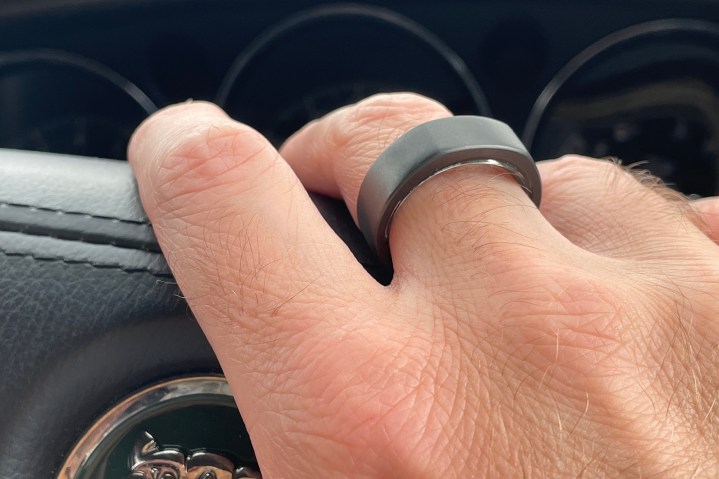
Now, being a normal human being, I looked for other reasons why my stats had changed, as it surely couldn’t just be my lifestyle, right? Around May 2023, Oura changed its sleep algorithms, so what effect could this have on what I saw in the app? Was it all just a coincidence? I asked Oura’s Senior Machine Learning Data Scientist, Raphael Vallat, what differences the algorithm could have had on results presented in the app, and he told me via email:
“The new sleep staging algorithm leverages all the data we collect and analyze through the Oura Ring sensors, such as movement, temperature, heart rate, respiratory rate, and HRV. These bio-signals are required to accurately detect the different stages of your sleep. For example, as you transition from wake to sleep, your heart rate slows down, your breathing stabilizes, and your finger temperature increases.”
“Members may have seen changes in the deep and light stages when switching from the old sleep staging algorithm to the new one. Specifically, deep sleep tends to be, on average, lower in the New Sleep Staging Algorithm, with the opposite being true for light sleep. These changes were expected and simply reflect the improved accuracy of the newer sleep staging algorithm.”
It seems the algorithmic change would mostly affect the data I saw in sleep stages rather than total sleep time. Based on the information from Vallat, it doesn’t appear likely the software alteration is entirely responsible for the dip in my personal sleep stats over the past six months.
Too much data isn’t always good

Because my sleep patterns had become so different, and my lowered sleep efficiency affected my concentration during the day, I went to see a doctor. Armed with my stats, I spoke to him about how I was feeling and how my sleep was notably worse than before and showed him the evidence. He described the changes as expected, given heightened anxiety levels, and said tackling this was the key to getting back to a normal sleep schedule. He advised me what to do and sent me on my way.
It was clear nobody else came to see him wielding a smartphone and months of sleep and activity data, and he seemed taken aback at first. But after looking, he said there was nothing to worry about at all.
It made me realize something else about having access to such information. Gaining insight into your health and body is the benefit of wearing a smartwatch, smart ring, or fitness band long-term, but it’s easy to get fixated and see every alteration as a problem when it may simply be a natural change that happens over time. Understanding how to differentiate between what’s normal and what isn’t is very difficult, but one that would be lessened by not looking at sleep and activity data on a daily basis.
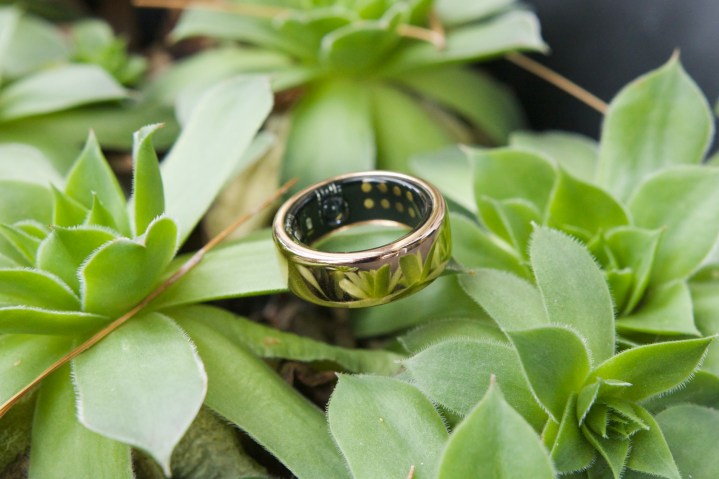
Ultimately, the reassurance that came from seeing data confirming that, yes, I was sleeping less and more sporadically than before was most helpful to me. It meant that I didn’t simply ignore it or pass it off as being only in my head but could make positive changes to my lifestyle — exercise, diet, and mindfulness, along with checking in with a doctor — instead. While I may have made these changes eventually without an Oura Ring prompting me, I think I made them sooner because I could see in real-time what was occurring, motivating me to act more quickly.
This was only possible because I could access historical data from the Oura Ring, adding context to the present day. While it didn’t alert me to anything life-threatening or overly serious this time, it — or another wearable — may do so in the future. What’s more, I can now see whether the changes I make have a positive effect on my sleep patterns going forward. But I’ll do so with the thought in the back of my mind that reading too much into this data can cause its own problems, too.
Editors’ Recommendations

